In the field of artificial intelligence, with the rise of large language models (LLMs), AI Agents are becoming the most notable technology hotspot of 2025. Unlike ordinary AI applications, AI Agents possess the ability to think independently, perceive their environment, and execute complex tasks, reshaping our understanding of artificial intelligence. This article will provide a comprehensive analysis of this revolutionary technology from its technical principles, development trends to application scenarios.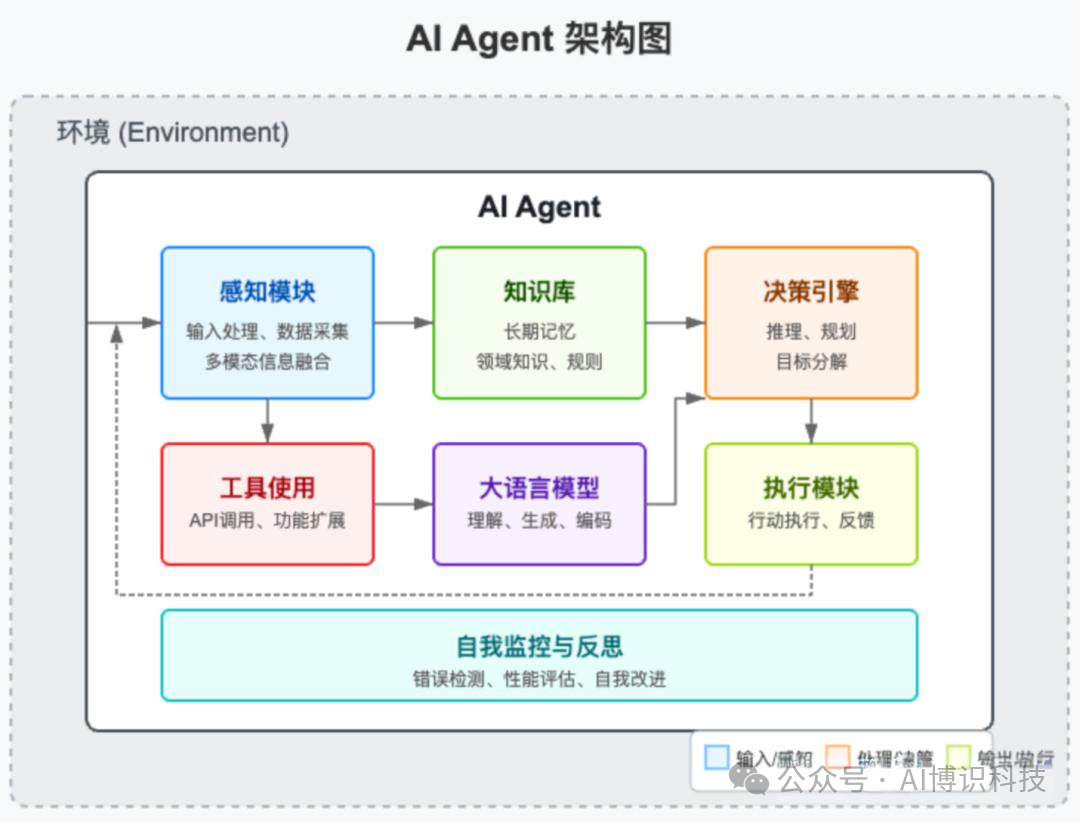
1. AI Agent: Definition and Technical Principles
1. What is an AI Agent?
An AI Agent is an intelligent entity capable of perceiving its environment, understanding autonomously, making decisions, and executing actions. In simple terms, it is a computer program based on large language models that can independently think and utilize tools to gradually accomplish given tasks. Unlike traditional AI, an AI Agent is more like a “digital assistant” that can proactively plan paths and take a series of actions to achieve user-defined goals.
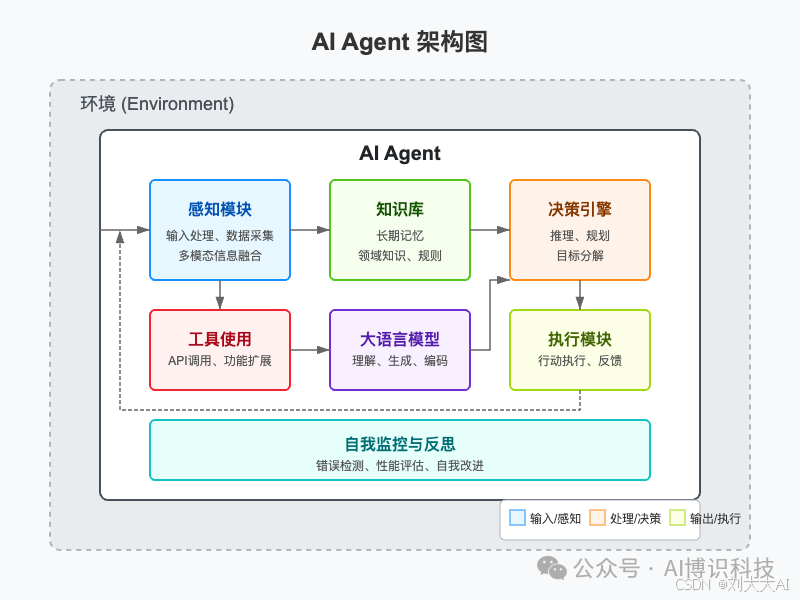
2. Core Architecture of AI Agents
The core architecture of an AI Agent mainly consists of the following key components:
- Brain: Typically composed of large language models, responsible for information processing, reasoning, and decision-making.
- Perception: Perceives the external environment through various interfaces to obtain information input.
- Memory: Stores historical interactions and task-related information, providing contextual awareness.
- Planning: Breaks down complex tasks into sub-tasks and formulates execution paths.
- Tool Use: Capable of invoking external tools and APIs to complete specific tasks.
- Action: Executes specific operations after decision-making and interacts with the environment.
3. Differences Between AI Agents and Large Models
Many people confuse the concepts of AI Agents and large language models (LLMs), but there are essential differences between them:
| Feature | Large Language Model (LLM) | AI Agent |
|---|---|---|
| Main Function | Text understanding and generation | Goal-oriented task execution |
| Interaction Method | Passive response (prompt-response) | Proactive action (autonomous) |
| Environmental Interaction | Limited, relies on user input | Can perceive the environment and interact continuously |
| Tool Use | Usually not available or limited | Can invoke various external tools |
| Decision-Making Ability | Based on prompt quality | Autonomous planning and decision-making |
AI Agents use large models as their “brain,” but add components such as planning, memory, and tool use, enabling them to act autonomously in specific environments and solve complex problems.
2. Development Trends of AI Agents in 2025
1. From Individual Intelligence to Collective Collaboration
In 2025, the deployment of AI Agents is undergoing a transition from “single” to “multiple.” Multi-agent systems are becoming a hot topic in the industry, where multiple Agents can play different roles and work together to complete complex tasks.
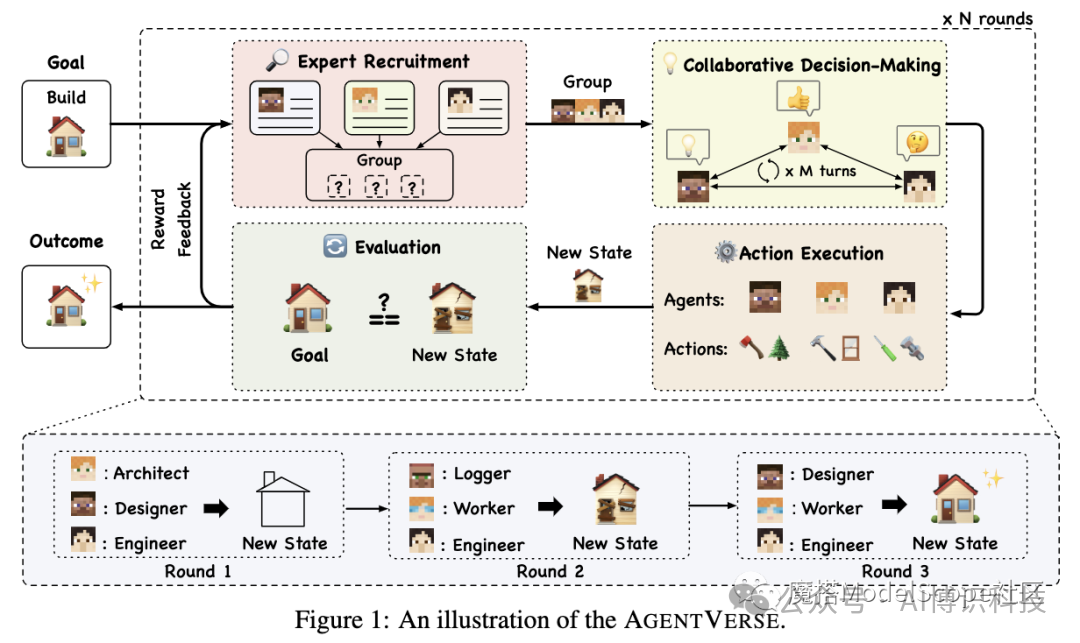
According to the latest research by McKinsey, over 70% of CEOs believe that AI Agents will significantly change their business models and competitive landscape in the next three years. Deloitte’s survey further reveals that by 2025, 25% of companies using generative AI will deploy AI Agents, and this proportion will reach 50% by 2027.OFweek AI Network
2. Specialization and Penetration into Vertical Fields
Unlike general AI, AI Agents in 2025 are developing towards specialization. Financial Agents can perform investment analysis and risk assessment; Medical Agents can assist in diagnosis and drug development; Legal Agents focus on contract review and case analysis. This specialization in vertical fields is key to the real commercial value created by AI Agents.
3. Enhanced Autonomy and Reliability
With technological advancements, the autonomy and reliability of AI Agents are significantly improving. Agents in 2025 will be able to:
- Better understand implicit instructions and context
- Proactively identify and resolve issues during execution
- Safely use tools and interact with the environment
- Possess stronger self-supervision and error-correction capabilities
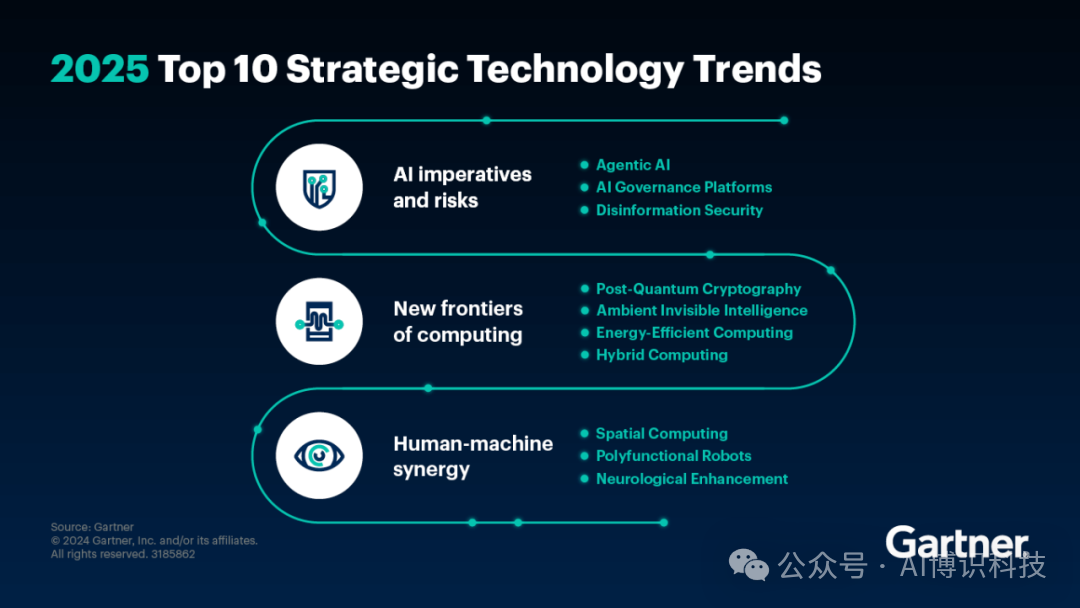
Zhang Peng from Zhizhu AI stated in a recent speech: “2025 will be the year of the explosion of AI Agents, and Zhizhu will build an Agentic large model platform to create an industry-specific intelligent ecosystem.”Pengpai News
3. Application Scenarios and Commercialization of AI Agents
1. Enterprise Application Scenarios
The application of AI Agents in enterprises is becoming increasingly widespread, mainly including:
- Intelligent Customer Service and Virtual Assistants: Providing 24/7 online services to handle customer inquiries, complaints, and suggestions.
- Data Analysis and Decision Support: Analyzing complex business data, generating insight reports, and assisting management decisions.
- Process Automation: Automatically executing repetitive tasks such as document processing, data entry, and financial report generation.
- Research and Innovation: Assisting in product design, market research, creative generation, and patent analysis.
- Sales and Marketing: Personalized recommendations, market analysis, advertising optimization, and sales lead tracking.
Many tech giants at home and abroad have begun to invest heavily in AI Agent technology. Alibaba’s DingTalk, for instance, has its AI Agent assist in handling emails and scheduling in office scenarios, achieving intelligent office operations and creating more value for enterprises.Zhihu Column
2. Commercialization Models of Agents
The commercialization paths of AI Agents mainly include:
- SaaS Model: Enterprises subscribe to AI Agent services as needed without the need to build their own infrastructure.
- PaaS Model: Providing a platform for enterprises to develop and deploy customized Agents on existing systems.
- Private Deployment: Providing fully controllable internal deployment solutions for large enterprises.
- API as a Service: Providing Agent capability APIs for developers to integrate into their applications.
- Industry-Specific Solutions: Vertical AI Agent suites tailored for specific industries.
B-end AI Agents achieve commercialization by enhancing human efficiency, while connecting various B-end applications through Connectors further monetizes them.Security Reference
3. Industry Application Cases
AI Agents have numerous implementation cases across various industries:
Financial Industry: The financial Agent developed by JPMorgan can analyze market trends, generate investment recommendations, and execute trading operations, significantly improving investment analysis efficiency.
Healthcare: Medical AI Agents can assist doctors in preliminary diagnosis, drug inquiries, and treatment plan formulation, alleviating the burden on healthcare personnel.
Legal Services: Legal Agents can quickly retrieve case documents, analyze legal clauses, and generate legal documents, improving lawyer efficiency.
Smart Manufacturing: Industrial Agents can monitor production equipment, predict maintenance needs, and optimize production plans, enhancing manufacturing efficiency.
4. Multi-agent Systems: Collaborative Intelligence
1. Multi-agent System Architecture
Multi-agent systems represent an advanced form of AI Agent development, consisting of multiple Agents with different roles and expertise, collaborating to solve complex problems. Its architecture mainly includes three models:
- Star Structure: A central Agent coordinates the work of multiple specialized Agents.
- Grid Structure: Agents communicate and collaborate directly with each other, without a central control node.
- Hierarchical Structure: Agents are organized according to hierarchical relationships, with higher-level Agents managing lower-level Agents.
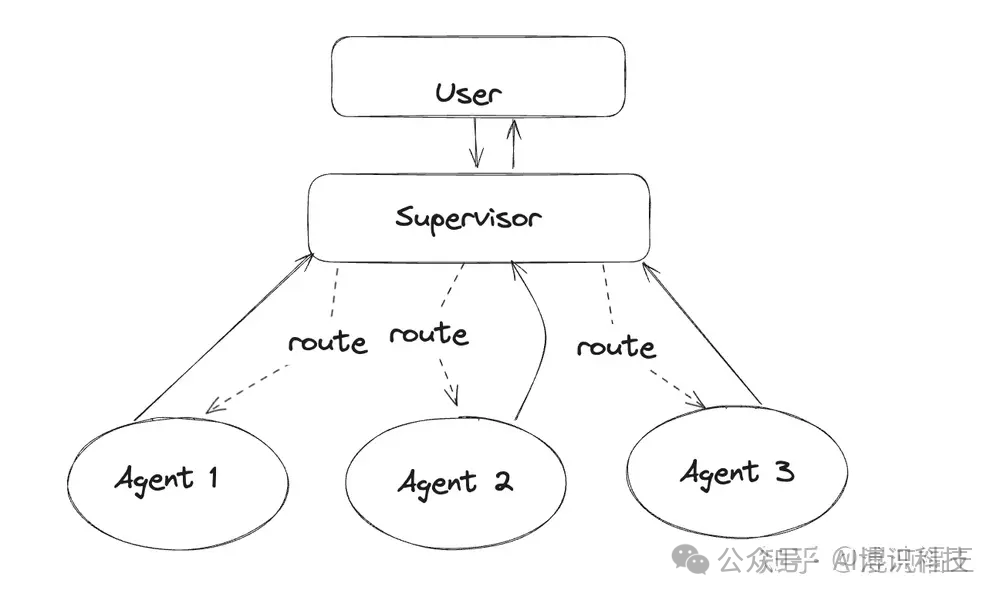
2. Advantages and Challenges of Collaboration
The advantages of multi-agent systems include:
- Task Decomposition: Breaking down complex tasks into sub-tasks for specialized Agents to handle
- Complementary Expertise: Different Agents contribute their expertise to collaboratively solve problems
- Fault Tolerance: The failure of a single Agent does not affect the overall system operation
- Scalability: Agents can be dynamically added or removed based on demand
However, challenges such as collaboration efficiency, communication overhead, and conflict resolution also exist. Microsoft’s AutoGen framework aims to address these issues by allowing LLMs to enable multiple role agents to collaborate in complex workflows.CSDN Blog
5. Development Directions of AI Agents
1. Stronger Autonomy and Creativity
With technological advancements, future AI Agents will possess stronger autonomy and creativity. They will not only execute instructions but also proactively identify problems, propose solutions, and even engage in innovative design and research.
2. Deep Personalization and Emotional Intelligence
Future AI Agents will be more personalized, capable of understanding user preferences, habits, and emotional needs, providing truly human-centered services. The addition of emotional intelligence will make interactions between Agents and humans more natural and intimate.
3. AI Agent Ecosystem
We can expect a rich ecosystem composed of various specialized Agents. These Agents can be combined as needed to form powerful workflows that solve a wide range of problems, from simple to extremely complex.
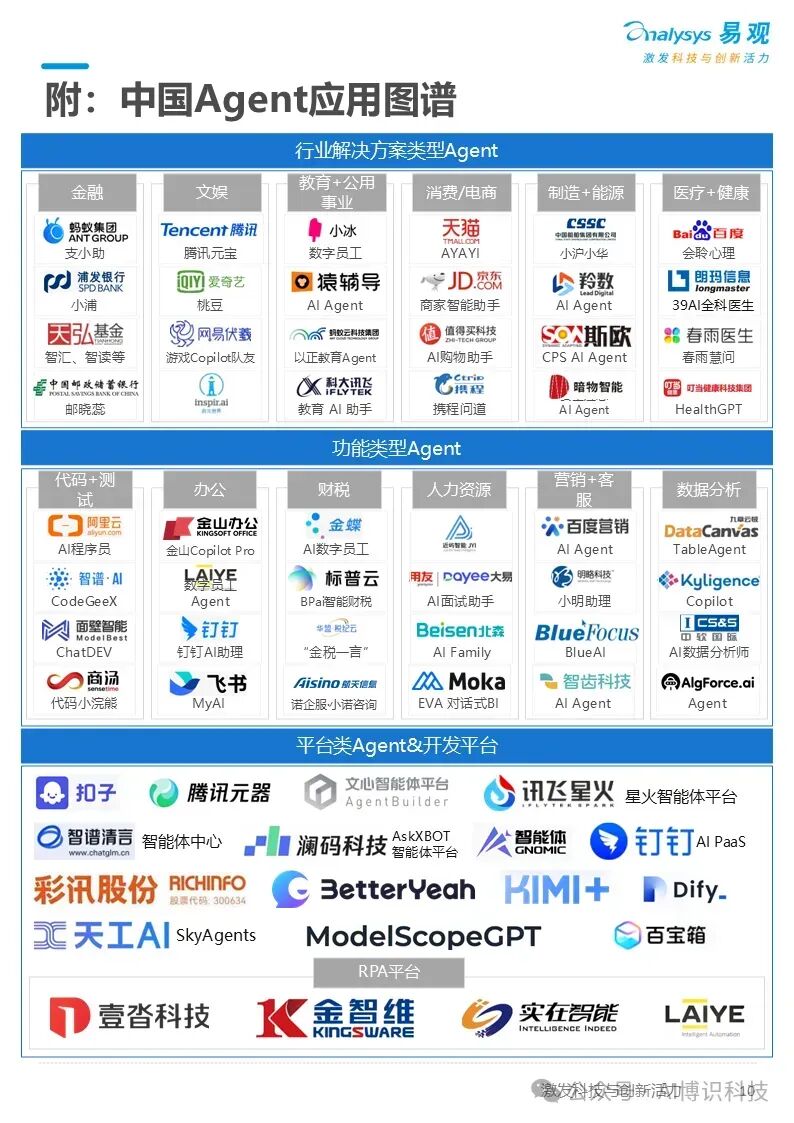
According to Gartner’s predictions, by 2028, 15% of daily work decisions will be made by Agentic AI, significantly changing the way people work and the operational models of enterprises.Jiacheng Capital
AI Agent technology is leading an intelligent revolution, not only changing the way we interact with AI but also reshaping the future of work and life. 2025 is seen as the year of the explosion of AI Agents, and with continuous technological advancements and expanding application scenarios, AI Agents will unleash tremendous potential across various industries.
For enterprises, early deployment of AI Agent technology and exploration of vertical applications will be key to seizing future competitive advantages. For individuals, understanding and effectively utilizing this technology will also become a powerful tool for enhancing work efficiency and quality of life.
The era of AI Agents has arrived; it is not only a technological advancement but also the beginning of a new paradigm of human-AI collaboration. In this exciting era, we are both witnesses and participants in shaping the future.
